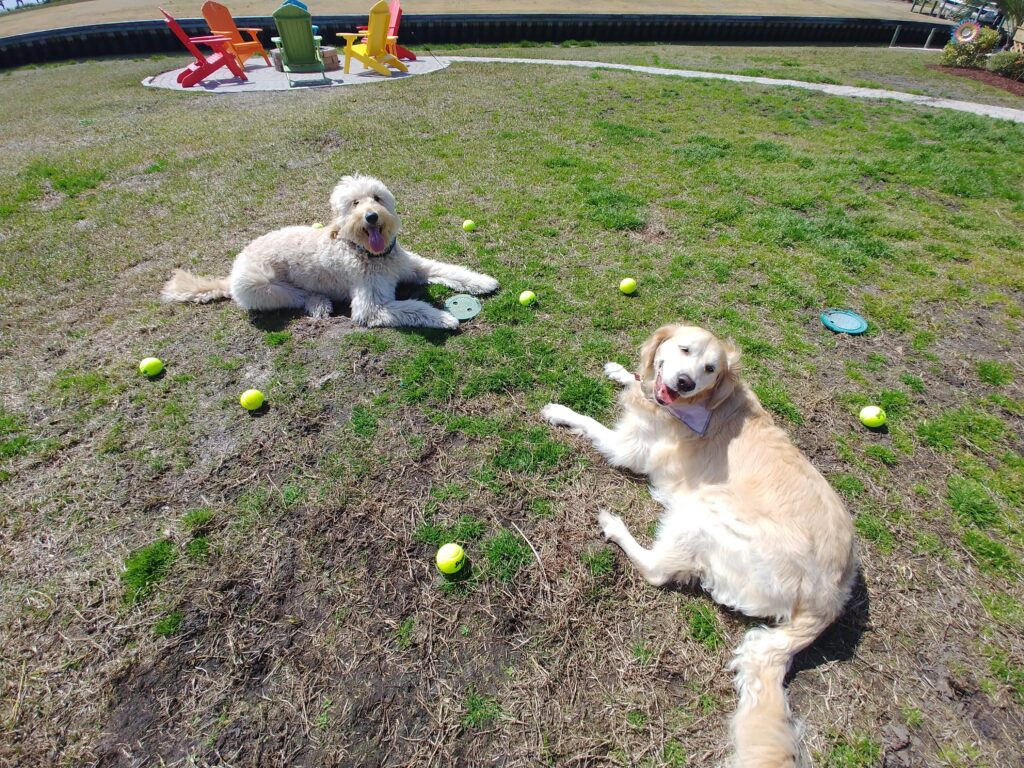Let’s start with a basic understanding that all dogs are different and they, and their owners, will have needs unique to them. Let’s also acknowledge that there are many dogs who need behavior modification to address formed habits of bad behavior. Behavior modification takes many forms and often includes some corrective measures. Also, there are plenty of situations where a dog clearly knows what is expected of him, has a rich command vocabulary and plenty of life experience and then acts otherwise. Correct that dog. But for that large community of dog owners (or trainers) who just want to build manners and basic obedience in a dog who has no boundaries, acts “crazy,” “doesn’t listen” and the like, let’s consider our thought process before we begin training.
Any trainer will tell you that there are too many clients to count who come to us asking us how to stop unwanted behaviors. They are looking for behavior management strategies and tools to stop the jumping, the craziness, the fact that the dog “doesn’t listen”, etc. The owner has tried to correct, but it doesn’t work. Here’s why (in most cases) . . . correction alone will interrupt a behavior for a few seconds or a few minutes, but it still leaves the ill-prepared dog to make his own choices about how to behave. Correction does not give a dog information about what a human wants from him, so he is on his own to make choices. Dogs making choices rarely has a positive outcome. In contrast, if we spend more time giving a dog clarity about what we do want, the dog learns positive behavior habits to which he can turn when he seeks human attention or praise. When a dog is given direction, instead of correction, we set him on a positive path, instead of just pausing the negative path.
The beauty and value of obedience training is that when we teach a dog what a command means, we give her clarity about what we want from her in a particular situation. That is, if we practice that command hundreds of times in a structured setting to build clear understanding, and then we SHOW her how to apply that command in real-life, hundreds of times. As we teach a dog what we want, we must continually provide lessons that increase the distraction and excitement and challenge her to respond properly to the command, regardless of the situation she faces. We must never assume that because a dog responds to commands perfectly during structured practice, that she is ready to respond as well when another dog is walking by, or when human visitors enter our home. If you have not shown her how to respond to the same command in that situation, do not expect her to make that advance on her own.
So let’s circle back to the main concept. When we have a dog whose behavior is being driven by his/her own choices and motivated by excitement and reaction to the world, asking ourselves how to stop the unwanted behavior will prove shortsighted. We must redefine our goals and ask ourselves what we want the dog to do in those moments of excitement, stimulation and distraction. Then we must figure out how to SHOW HER WHAT WE DO WANT. For example, stop trying to correct a jumping dog when visitors arrive. Instead, teach the dog a Place command and tell him to go to place when guests arrive. Or, develop solid recall (come when called) and call the dog to you and have her sit/stay until you release her. Show her what she should do.
For more information or suggestions, feel free to email me at maureen@downwarddogcanine.com.

